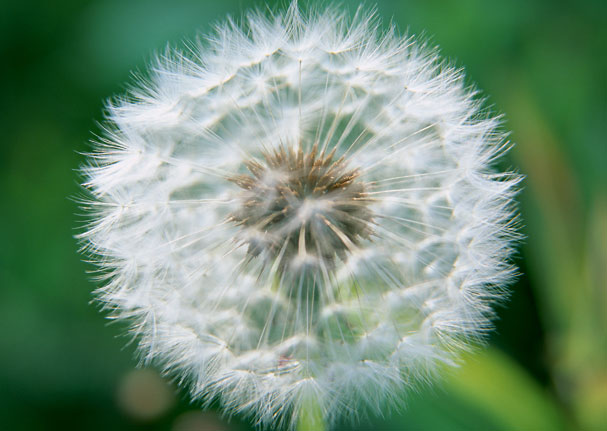- A-
- A+

What are the allergic triggers?

Seasonal allergen and chronic allergen should be differentiated. They don’t have the same impact on individuals and must be treated separately.
Of all allergen, the most frequently accused of Seasonal allergic conjunctivitis is pollen. It is estimated that between 10 and 40% of the world’s population contract pollen allergy during spring-time, and the number is rising steadily for thirty years. Anemophilous pollen, in particular, have a strong allergenicity. These are very light pollens released in large quantity threw wind, sticking everywhere. Grasses, which constitutes an important botanic group, are part it. In France, we find forage grasses in our gardens, on the sideroad and grain or cereal grasses in our farmer’s fields. Tree pollens are highly allergenic (birch, cypress, oak).

Other allergens, called “indoor allergens”, are responsible for the most chronical form of ocular allergic reactions. These indoor allergens are mites, dust, skin flakes and mildew we find in homes. It explains why the symptoms continually xist.
Air pollutants, such as ozone or chemically laden smoke, are also being held responsible for promoting allergic reaction, accentuating the irritation of the mucous membranes of the eye.
Finally, a past history with allergic diseases and atopic symptoms may explain some eye diseases but also reaction to substances found in contact lens and cosmetics.
It should be noted that people with food allergies, seafood allergy for example, or allergic reactions to stings or injections (bee sting allergies or allergic reaction to penicillin) have no immediate ocular symptoms.


